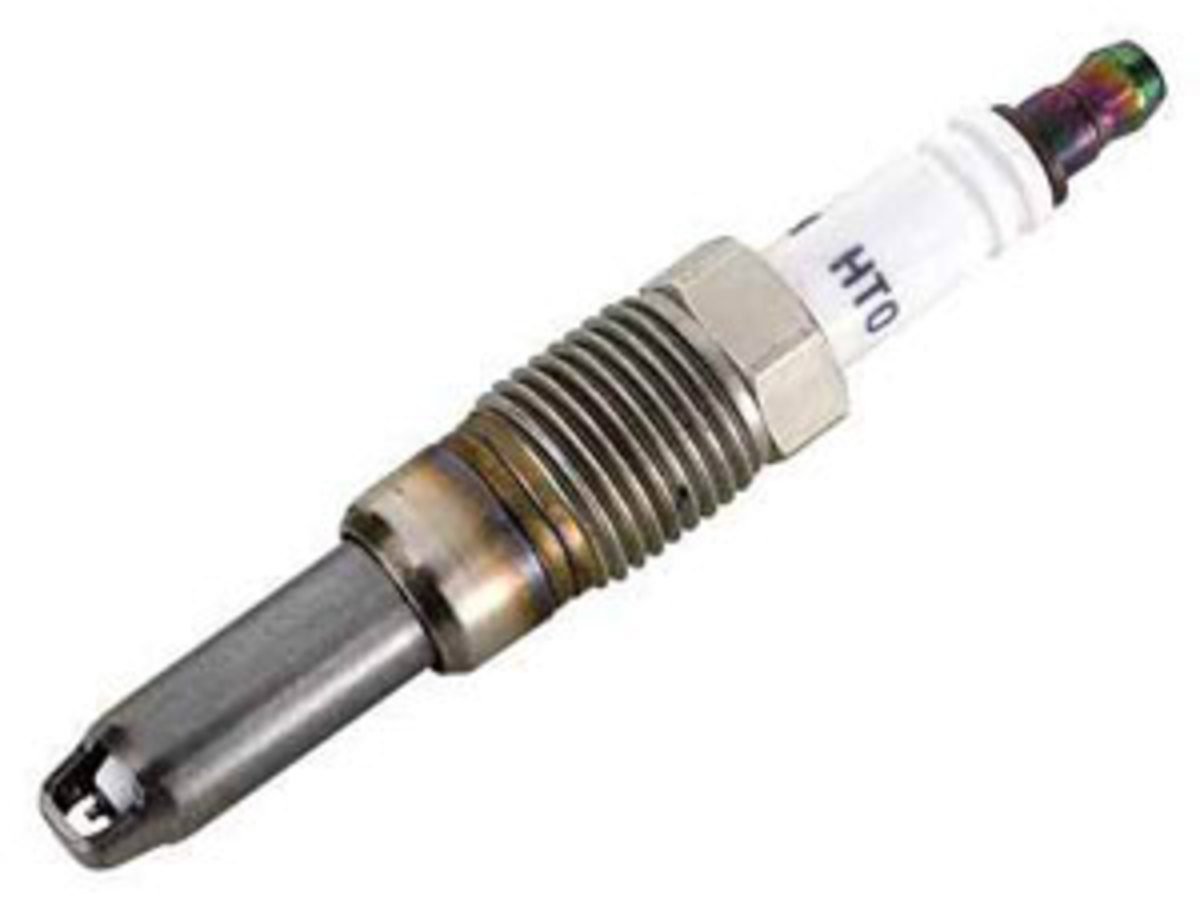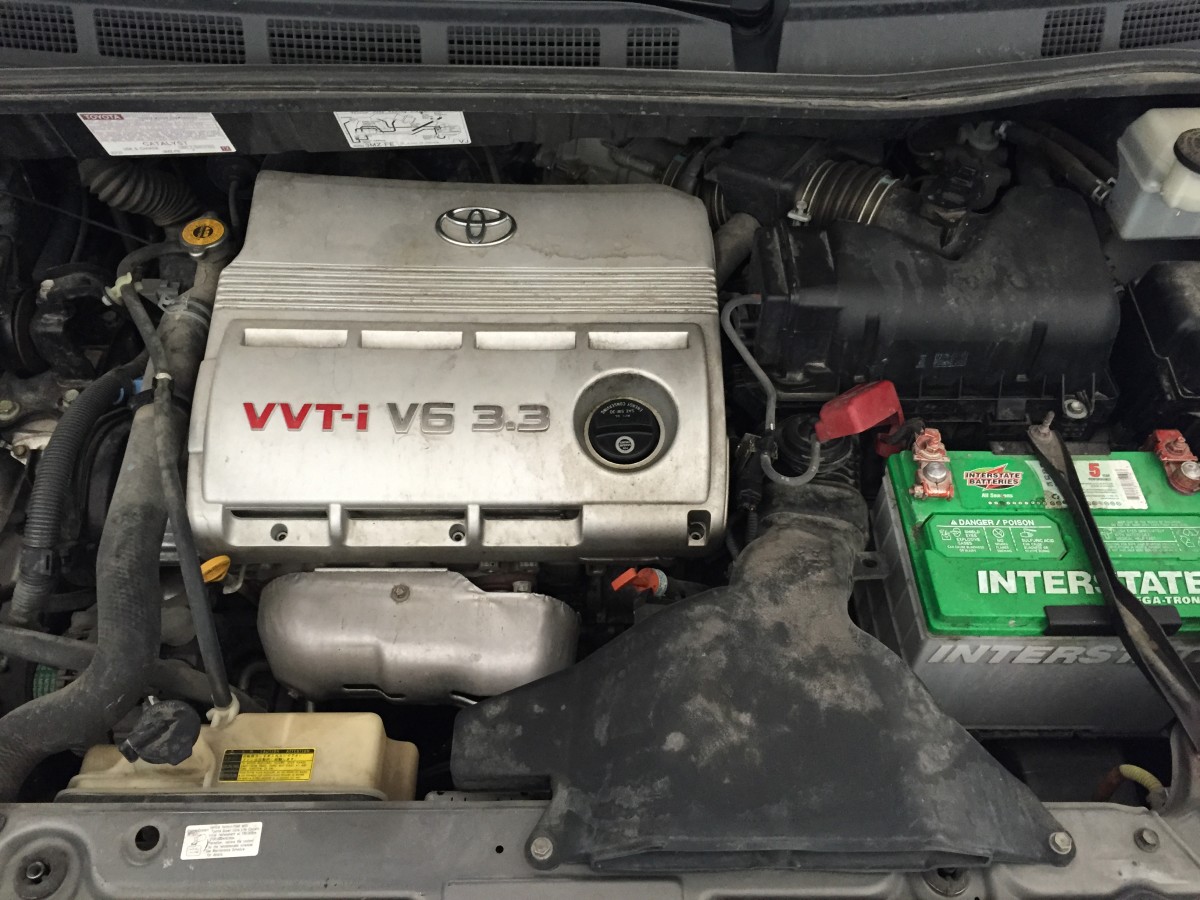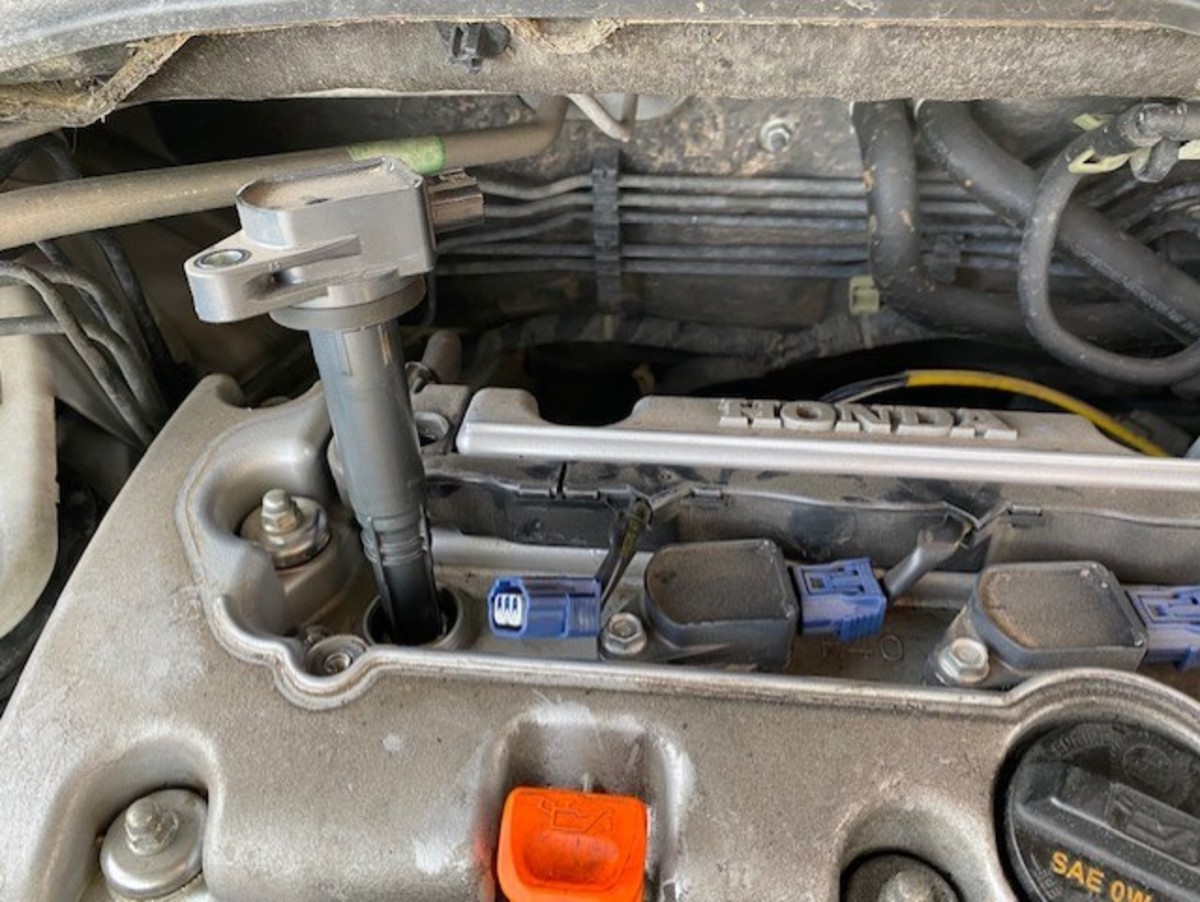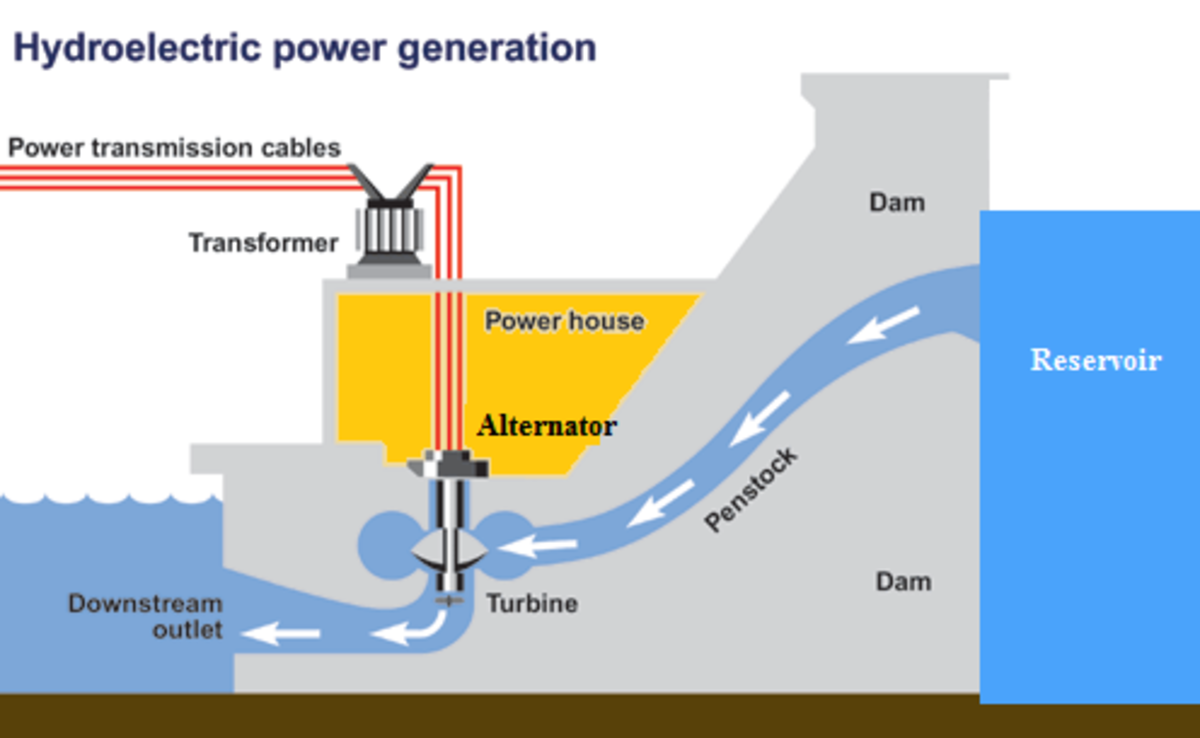Spark that Ignited a World
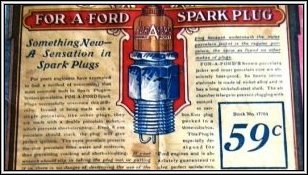
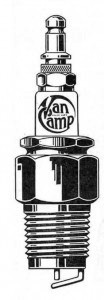
Here’s a hot topic most don’t think about, until they have to. Spark plugs. We all know they are used to ignite the gasoline and air mixture in an internal combustion engine. But there seems to be a bit of confusion concerning who invented them and when?
Etienne Lenoir, (January 1822 - August 1900) a Belgian inventor who devised the first commercially successful internal combustion engine in 1858, is generally credited with the invention in 1860. Other sources say it was Sir Oliver Lodge, (June 1851 - August 1940) a pioneer in science and technology who invented the electric spark plug called the "Lodge Igniter," although he was better known for his pioneering work in radio.
Later, two sons developed his ideas and in 1903 founded Lodge Bros., afterwards known as Lodge Plugs Ltd. In any case, there is a long list of notables who contributed to the development of the modern day spark plug.
Today’s plug came about as an answer to problems with early flame and igniter ignitions. It should be noted also, early gasoline was not as refined. It was more like kerosene in those days.
Throughout its evolution there have been a number of materials used as insulation materials. Some of these were mica, stone and a variety of porcelains undergoing phases of improvements. Many early forms of porcelain could not withstand the extreme temperatures needed. Some were porous and absorbed oils and grunge easily, making their life short lived due to fouling out.
Quick Detach Plug
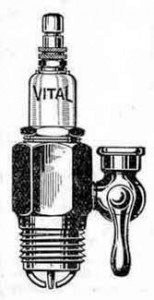
Researchers continued to be plagued searching for answers to the temperature and fouling dilemma until 1915. That’s when the Frenchtown Porcelain Company developed a new formula called “775″ porcelain. It absorbed less oil and could handle extreme temperature changes.
The next major improvement was the discovery of silimanite in 1933 by Dr. Joseph Jeffery that greatly extended a spark plug’s life. However, before a product can be properly marketed, it has to have a better selling point than its competitors. The spark plug was no different.
Over the years, companies have tried to come up with unique designs to outdo the competition. Some of these designs were indeed unique. Such as:
The Quick Detach Plug – By turning a lever on the plug, it could be quickly removed for cleaning or replacement with no tools needed.
The Double Ended Plug – Had plugs on both ends which could be turned over and used when the other end was fouled.
The Priming Plug – Allowed a small amount of gas to be injected into a cylinder for easy starting
The Breathing Plug – Allowed cool air to be sucked over the hot end of the porcelain, helping to keep deposits from forming
The Coil Plug – The coil and the plug were a one piece unit
Intensified Plugs – Had a dual firing gap that promised a plug would “fire hotter and longer.”
Today, there is a nonprofit international organization dedicated to the promotion of spark plug collecting, research and preservation of spark plug history. It’s the Spark Plug Collectors of America Inc., (SPCOA) founded in 1975 by Bill Bond of Ann Arbor, Michigan. http://www.spcoa.net/

